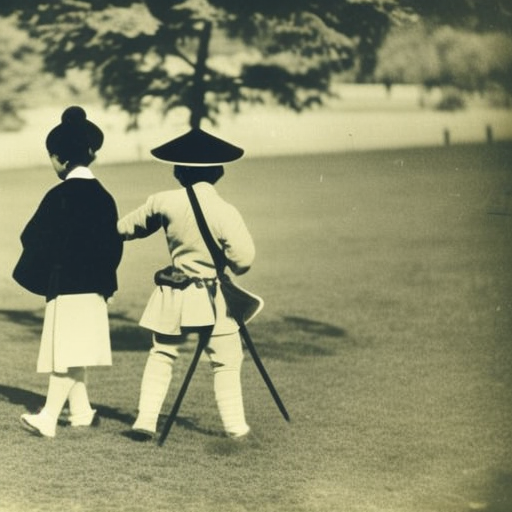The Composition of the Rigveda
The Rigveda is one of the oldest and most important texts in ancient Indian literature. Composed in Sanskrit, it is a collection of hymns that were orally transmitted and eventually written down around 1500 BCE. The Rigveda is divided into ten books, known as Mandalas, and contains a total of 1,028 hymns.
Origin and Authorship
The Rigveda is believed to have originated in the northwestern region of the Indian subcontinent, in what is now modern-day Punjab. It is attributed to a group of priests known as the Rishis, who were highly respected for their knowledge and spiritual insights. The Rishis composed the hymns as a means of praising and invoking various deities, such as Indra, Agni, and Varuna.
Structure and Content
The Rigveda is organized into ten Mandalas, each of which is further divided into hymns called Suktas. The hymns are written in a poetic form known as Vedic meter, which consists of a specific number of syllables per verse. The language used in the Rigveda is archaic and differs from classical Sanskrit.
The hymns in the Rigveda cover a wide range of topics, including cosmology, mythology, rituals, and social customs. They provide insights into the religious beliefs and practices of the ancient Indo-Aryans. Many of the hymns are dedicated to specific deities and describe their attributes, powers, and roles in the universe. Others focus on natural phenomena, such as the sun, moon, and rivers, and express a sense of wonder and reverence for the natural world.
Transmission and Preservation
The Rigveda was initially transmitted orally, with the hymns being memorized and recited by successive generations of priests. This oral tradition ensured the preservation and transmission of the text over centuries. However, as the complexity and length of the hymns increased, the need for a written record became apparent.
Around 600 BCE, the Rigveda was finally written down using the Brahmi script on birch bark or palm leaves. This marked a significant development in the history of the Rigveda, as it allowed for a more accurate preservation of the text. The written version of the Rigveda was further divided into smaller units called Padas, which facilitated memorization and recitation.
Importance and Influence
The Rigveda holds immense religious and cultural significance in ancient Indian society. It served as a guide for religious rituals and ceremonies and provided a foundation for the development of Hinduism. The hymns in the Rigveda formed the basis of Vedic rituals and were recited during sacrifices and other religious ceremonies.
The Rigveda also had a profound influence on subsequent Indian literature and philosophy. It inspired the composition of other Vedic texts, such as the Samaveda, Yajurveda, and Atharvaveda. The ideas and concepts found in the Rigveda, such as the pursuit of knowledge, the importance of moral conduct, and the belief in a higher power, continue to shape Hindu thought and practice to this day.
In conclusion, the Rigveda is a collection of hymns composed by the Rishis in ancient India. It is divided into ten Mandalas and contains a total of 1,028 hymns. The Rigveda played a crucial role in the development of Hinduism and had a lasting impact on Indian literature and philosophy. Through its hymns, the Rigveda provides insights into the religious beliefs and practices of the ancient Indo-Aryans and expresses a deep reverence for the natural world.












